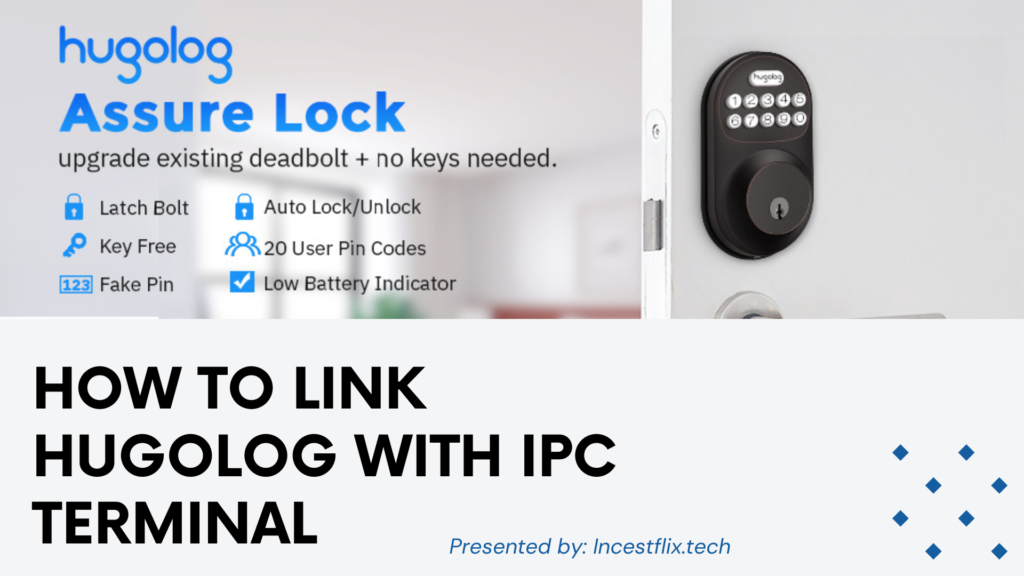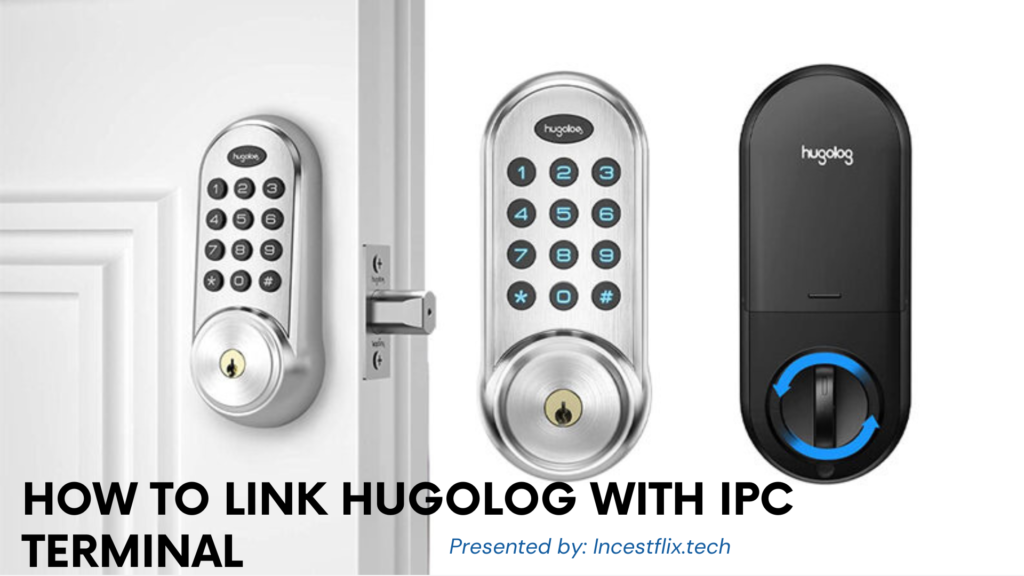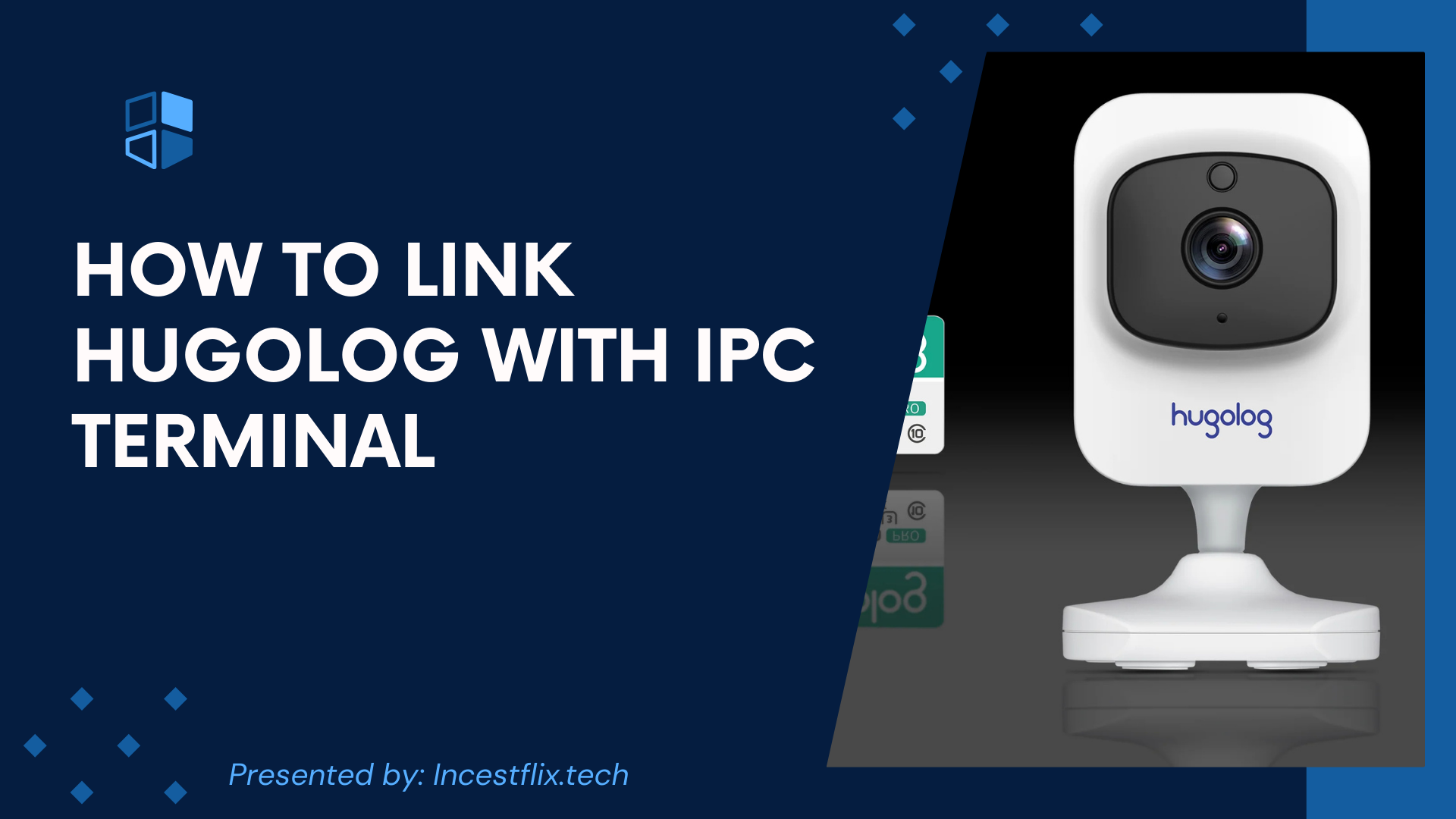Introduction: Understanding Hugolog and IPC Terminal
In today’s fast-evolving digital world, seamless integration between software and hardware solutions is crucial for improving operational efficiency and ensuring real-time data synchronization. Businesses that rely on logistics management and industrial data processing can significantly benefit from learning how to link Hugolog with IPC Terminal. This integration enhances automation, minimizes manual effort, and improves data accuracy, leading to a more streamlined workflow.
This step-by-step guide provides a comprehensive approach to successfully connecting Hugolog with an IPC Terminal. Whether you’re an IT novice or a seasoned professional, these detailed instructions will help you establish a stable and efficient connection between these two platforms.
Table of Contents
What is Hugolog?
Hugolog is an advanced software solution designed for data logging, monitoring, and management. It is widely used across various industries to track operations, generate real-time reports, and maintain detailed logs, ensuring better decision-making and operational efficiency. Hugolog is recognized for its reliability and ability to handle large volumes of data efficiently.
What is an IPC Terminal?
An IPC Terminal, or Industrial PC Terminal, is a specialized computing device built to manage complex industrial tasks. These high-performance terminals are designed for real-time data processing, automation, and device control. They are robust, durable, and optimized for industrial environments where high efficiency and precision are essential.
Stay in touch for more updates and alerts visit: Incestflix
Why Link Hugolog with IPC Terminal?
The integration of Hugolog with an IPC Terminal provides multiple benefits that enhance industrial and logistical operations. Key advantages include:
Enhanced Efficiency – Automating data logging and monitoring streamlines workflows and reduces reliance on manual processes.
Time-Saving – Eliminating manual data entry minimizes human intervention, allowing businesses to focus on critical tasks while reducing potential errors.
Improved Accuracy – Automation ensures data consistency and precision, mitigating the risk of human errors and discrepancies.
Steps on How to Link Hugolog with IPC Terminal
To ensure a successful connection between Hugolog and an IPC Terminal, follow these precise steps:

1. Verify System Compatibility
Before initiating the integration, confirm that your IPC Terminal supports Hugolog software. Check the system requirements and ensure that both platforms are compatible in terms of operating system, connectivity options, and processing power.
2. Install Hugolog on the IPC Terminal
Download the latest version of Hugolog from the official provider’s website. Follow the installation instructions carefully:
- Run the installer and select the appropriate installation options.
- Grant necessary permissions to ensure smooth functioning.
- Restart the IPC Terminal after installation to apply changes.
3. Configure Network and Connectivity
A stable connection is essential for successful integration. Depending on your setup, configure one of the following:
- Wired Connection: Ensure the IPC Terminal is connected via Ethernet for uninterrupted data flow.
- Wireless Setup: If using Wi-Fi, secure the network to prevent unauthorized access and ensure stable performance.
- Cloud-Based Connectivity: If Hugolog operates on a cloud platform, set up API keys or authentication credentials for secure data exchange.
4. Establish Communication Protocols
To enable Hugolog and the IPC Terminal to communicate effectively:
- Set up data transfer protocols such as MQTT, HTTP, or Modbus, depending on system requirements.
- Configure firewalls and security settings to prevent unauthorized access.
- Perform a test connection to verify communication between the two platforms.
5. Integrate Data Logging and Monitoring
Once the connection is established, configure Hugolog to start logging and monitoring data automatically:
- Define the parameters for data collection, such as frequency and data types.
- Customize alerts and notifications to stay informed about critical changes.
- Ensure data is securely stored and backed up to prevent loss.
6. Test the Integration
After setting up Hugolog on the IPC Terminal, perform a test run:
- Verify that data logs are accurately recorded.
- Check for any errors or discrepancies in communication.
- Troubleshoot any connectivity or performance issues before full-scale deployment.
How to Link HugoLog with IPC Terminal
Connecting HugoLog with an IPC Terminal is essential for seamless data monitoring and automation. This step-by-step guide will help you establish a reliable connection while ensuring optimal performance.

1. Verify System Requirements
Before setting up the connection, ensure the following requirements are met:
- Confirm that HugoLog is compatible with your IPC Terminal’s operating system (Windows, Linux, etc.).
- Ensure both devices are connected to the same network or have the appropriate cables for a direct connection.
- Check that you have administrative access to configure both HugoLog and the IPC Terminal.
2. Install HugoLog on the IPC Terminal
If HugoLog is not already installed, follow these steps:
- Download the latest HugoLog setup file from the official website or an authorized software repository.
- Transfer the installation file to the IPC Terminal using a USB drive or network sharing.
- Open the setup file and follow the on-screen instructions to complete the installation.
3. Configure HugoLog Settings
Once the installation is complete:
- Launch HugoLog on your IPC Terminal.
- Go to the settings menu and find the “Connection Settings” section.
- Adjust configurations to ensure smooth data exchange between HugoLog and the IPC Terminal.
4. Establish the Connection
To successfully link HugoLog with an IPC Terminal:
- Select Connection Type: Choose between wired (USB, serial port) or wireless (Wi-Fi, Ethernet) connection.
- Enter Network Information: For network-based connections, input the IPC Terminal’s IP address and port number.
- Authenticate: Provide the necessary login credentials or access keys to establish a secure link.
5. Test the Connection
After setting up the connection:
- Run a test log in HugoLog to confirm data transmission from the IPC Terminal.
- Review system logs for any error messages or warnings.
- If the test is successful, proceed with normal operations.
6. Optimize Settings for Better Performance
To enhance efficiency, consider the following optimizations:
Enable Auto-Sync: Ensure HugoLog updates in real-time, preventing data discrepancies.
Set Up Alerts: Configure notifications for critical events, system errors, or data anomalies.
Adjust Logging Frequency: Optimize data logging intervals to balance performance and storage capacity.
Troubleshooting Tips
If you encounter issues while linking HugoLog with an IPC Terminal, try these solutions:

Connection Failures: Check cables, restart devices, and verify network connectivity.
Compatibility Issues: Ensure both HugoLog and the IPC Terminal’s firmware are up to date.
Error Messages: Double-check IP addresses, port numbers, and authentication credentials.
Slow Performance: Close unnecessary applications running on the IPC Terminal to free up system resources.
Benefits of Linking HugoLog with IPC Terminal
Successfully linking HugoLog with an IPC Terminal offers numerous advantages, including:
Real-Time Data Monitoring: Access live data insights for quick and accurate decision-making.
Process Automation: Minimize manual data entry and reduce errors by automating log collection.
Centralized Management: Simplify workflow by managing logs, reports, and alerts from a single platform.
Conclusion
Understanding how to link HugoLog with IPC Terminal is essential for improving efficiency and accuracy in industrial processes. By following the correct steps, you can seamlessly set up the connection, enabling effective data logging and monitoring.
If any issues arise during the setup, verify your connection settings and ensure that both systems are updated. With HugoLog and the IPC Terminal working together, your workflow becomes more structured, efficient, and dependable.
FAQs
What are the benefits of knowing how to link HugoLog with IPC Terminal?
Linking HugoLog with an IPC Terminal improves real-time data tracking, troubleshooting, and reporting, ultimately enhancing operational efficiency and informed decision-making.
What are the prerequisites for learning how to link HugoLog with IPC Terminal?
Before linking HugoLog with an IPC Terminal, ensure hardware and software compatibility, a stable network connection, and a properly configured communication protocol.
Can HugoLog manage large volumes of data?
Yes, HugoLog is designed to handle extensive data processing, making it suitable for complex and large-scale industrial applications.



